A proper African Sideneck Turtle tank setup requires key elements such as an adequately sized tank, water filtration system, heating equipment, UVB lighting, and a comfortable substrate for digging and basking. Providing these essentials will create a suitable and nurturing environment for your African Sideneck Turtle to thrive.
Designing a suitable tank setup for your African Sideneck Turtle is crucial for their health and happiness. By providing the right elements, you can create a comfortable and stimulating environment that mimics their natural habitat. In this comprehensive guide, we will explore the essential components needed for an African Sideneck Turtle tank setup.
From the ideal tank size to proper water filtration, heating, lighting, and substrate, we will cover each aspect in detail to ensure you can design a successful and enriching habitat for your beloved pet. So let’s dive in and explore how to set up the perfect tank for your African Sideneck Turtle.
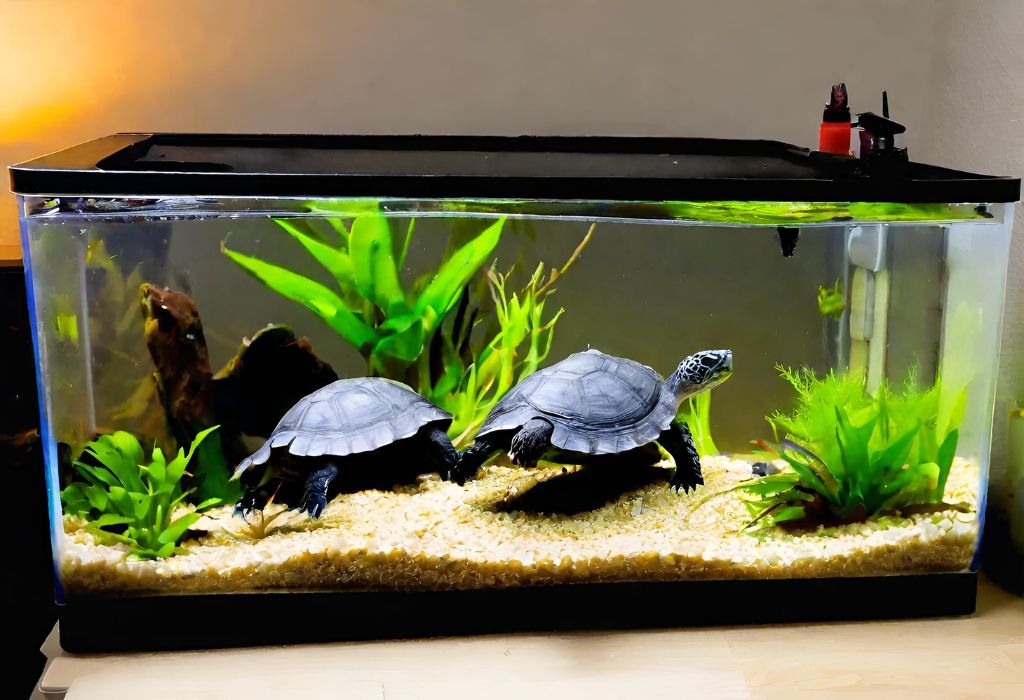
Understanding African Sideneck Turtles
African Sideneck Turtles are fascinating creatures that make unique and interesting pets. In order to provide the ideal living environment for your African Sideneck Turtle, it is crucial to understand their physical characteristics as well as their behavior and habitat requirements.
Physical Characteristics
African Sideneck Turtles, scientifically known as Pelusios castaneus, are relatively small-sized turtles, with males usually reaching around 6 to 8 inches in length, while females can grow up to 10 inches or more. These turtles have distinctive physical characteristics that set them apart from other turtle species.
One of the notable features of African Sideneck Turtles is their unique neck, which is long and slender. This allows them to retract their head and neck sideways beneath their shell. Their noticeable elongated snout helps them with precise and efficient foraging in their natural habitat.
Additionally, African Sideneck Turtles have a flat, oval-shaped carapace with a dark brown or black coloration. The carapace is responsible for protecting their internal organs and provides a natural camouflage for blending into their surroundings.
Behavior And Habitat
African Sideneck Turtles are predominantly aquatic creatures, spending most of their time in water. They are native to areas of sub-Saharan Africa and can be found in various freshwater habitats such as rivers, streams, and marshes.
These turtles are known for their excellent swimming abilities, aided by their webbed feet. They are also capable of staying submerged for extended periods of time, thanks to specialized adaptations that allow them to absorb oxygen through their skin.
In their natural habitat, African Sideneck Turtles are omnivorous, feeding on a diet that consists of both animal matter and plant material. They are opportunistic feeders, consuming various aquatic invertebrates, small fish, insects, and a range of plant matter, including aquatic vegetation and fruits.
When it comes to behaviors, African Sideneck Turtles are typically calm and can be observed basking beneath the sun to regulate their body temperature. However, they may exhibit territorial behaviors, especially during mating season. During this time, males may engage in aggressive displays to attract females.
It is important to note that African Sideneck Turtles are solitary creatures, preferring to live alone or in small groups in the wild. This consideration should be kept in mind when setting up their tank, ensuring adequate space and hiding spots for each individual turtle.
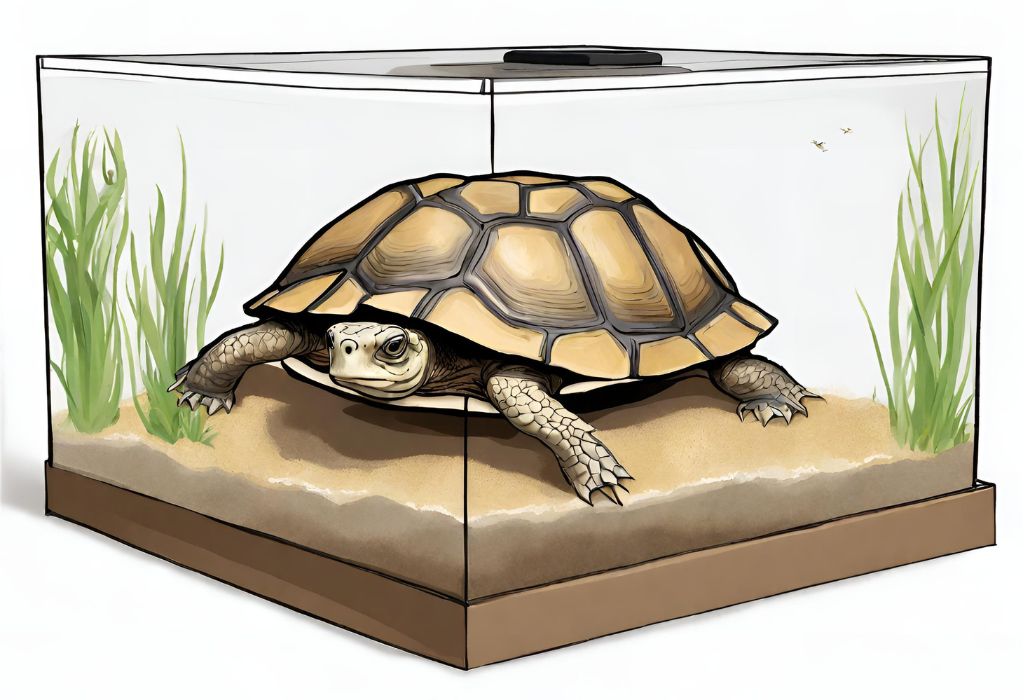
Setting Up The Tank
When it comes to creating the perfect environment for your African Sideneck Turtle, setting up the tank correctly is crucial. The tank should mimic their natural habitat, providing them with a comfortable and stimulating space to thrive in. In this guide, we will walk you through the essential elements of a proper African Sideneck Turtle tank setup.
Tank Size And Dimensions
Choosing the right tank size and dimensions is a critical step in setting up a suitable habitat for your African Sideneck Turtle. These turtles require enough space to swim, explore, and bask. As a general rule, a tank with a minimum size of 40 gallons is recommended for a single turtle, with an additional 10 gallons for each additional turtle. The ideal tank dimensions for an adult Sideneck Turtle are at least 36 inches long, 18 inches wide, and 12 inches deep.
Substrate And Decorations
The choice of substrate and decorations in your African Sideneck Turtle tank is important for both aesthetic and practical reasons. A soft, fine-grained sand substrate or a mixture of sand and aquatic plant soil can be used. Avoid using gravel or small rocks, as they may be ingested by the turtles and cause digestive issues. Adding natural decorations such as driftwood, rocks, and plants not only create a visually appealing environment but also provide hiding spots and enrichment opportunities for your turtles.
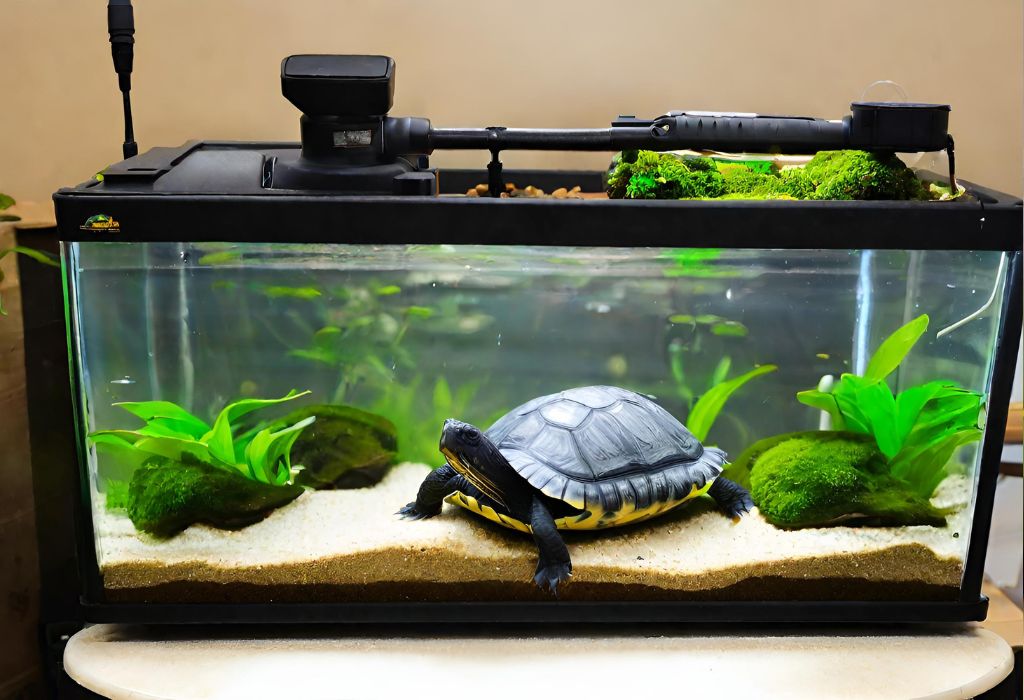
Filtration And Heating
Proper filtration and heating are vital for maintaining water quality and temperature in your African Sideneck Turtle tank. A reliable external canister filter with mechanical, biological, and chemical filtration capabilities is recommended to keep the water clean and clear. The water temperature should be kept within the range of 75-80°F (24-27°C) using a submersible aquarium heater fitted with a thermostat. Regular monitoring of water parameters is essential to ensure a healthy and comfortable habitat for your turtles.
Lighting And Uvb Requirements
Lighting and UVB are essential for the overall well-being of your African Sideneck Turtles. They require a high-quality UVA and UVB light source to mimic natural sunlight. A reptile-specific UVB fluorescent tube or compact lamp should be installed above the basking area, providing UVB radiation for 10-12 hours a day. This is crucial for the synthesis of vitamin D3 and proper calcium absorption. Additionally, a full-spectrum daylight bulb can be used to provide the necessary visible light spectrum for the turtles’ diurnal activities.
In conclusion, setting up the tank correctly is crucial to creating a suitable and stimulating environment for your African Sideneck Turtle. By ensuring the right tank size, suitable substrate, proper filtration and heating, and adequate lighting with UVB requirements, you can provide your turtles with a comfortable and thriving habitat to call home.
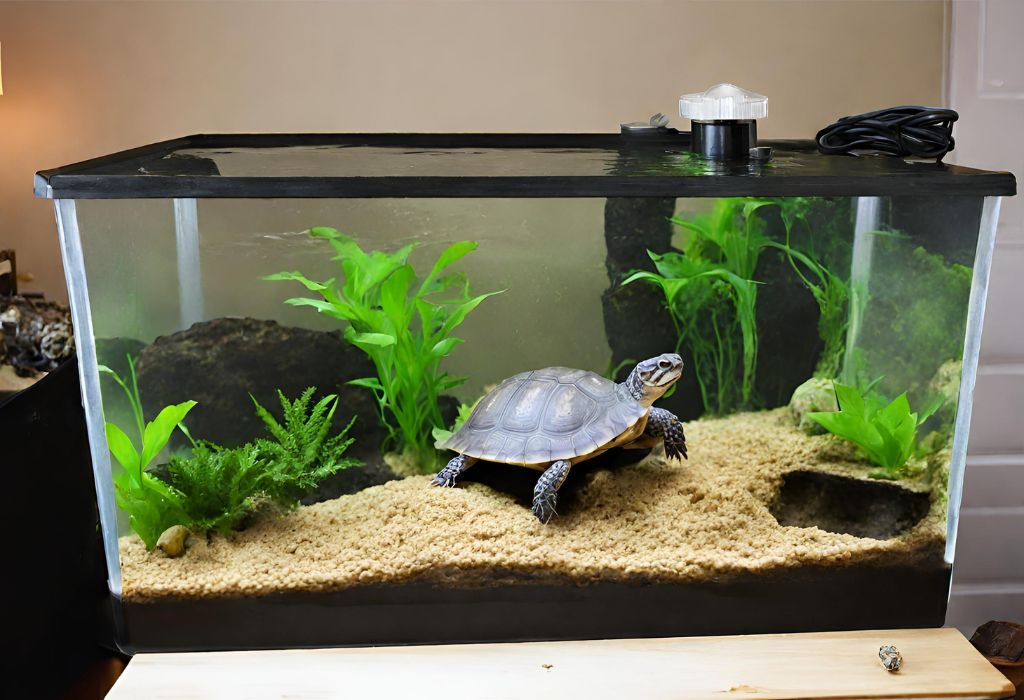
Feeding And Care
Looking to set up an African Sideneck Turtle tank? Discover the essential feeding and care tips to ensure a healthy habitat for your pet.
Proper Diet
When it comes to feeding your African Sideneck Turtle, it’s crucial to provide a well-balanced and nutritious diet. These turtles are omnivorous, which means they eat both plants and animal matter. Their diet should consist of a variety of foods to ensure they get all the necessary nutrients.
Including both commercial turtle pellets and fresh foods in their diet is ideal. Turtle pellets are specially formulated to meet their nutritional needs and should make up the majority of their diet. These pellets are readily available at pet stores and provide a convenient option for feeding.
In addition to turtle pellets, you can also offer your Sideneck Turtle a selection of fresh vegetables and fruits. Leafy greens such as romaine lettuce, kale, and collard greens are excellent options. Other suitable vegetables include carrots, cucumbers, and zucchini. Fruits like berries, melons, and apples can be given as occasional treats.
It’s important to note that baby African Sideneck Turtles may have slightly different dietary requirements than adult turtles. They may benefit from more protein-rich foods, such as small insects, earthworms, or freeze-dried shrimp, in addition to their regular diet.
Remember to provide a shallow dish of fresh, clean water for your turtle to drink and soak in. This will help keep them hydrated and allow them to better digest their food.
Water Quality And Maintenance
Maintaining proper water quality is essential for the health and well-being of your African Sideneck Turtle. These turtles spend a significant amount of time in the water, so it’s crucial to ensure their aquatic environment is clean and suitable for their needs.
Start by using an appropriate-sized tank or aquarium that allows your turtle ample space to swim and move around comfortably. A general rule of thumb is to provide at least 10 gallons of water per inch of shell length.
Regular water changes are necessary to maintain water quality. Aim to change 25-50% of the water every two to three weeks, depending on the size of your tank and the number of turtles you have. This helps remove accumulated waste, excess nitrates, and any other harmful substances that may affect water quality.
Using a reliable water filter is also highly recommended. A filter will help remove debris, excess food, and waste, keeping the water clean and clear. Make sure to choose a filter that matches the size of your tank and follow the manufacturer’s instructions for maintenance.
| Water Quality | Maintenance |
|---|---|
| Check water temperature regularly | Use a reliable thermometer to monitor and adjust water temperature |
| Remove any uneaten food | Use a net or siphon to remove excess food to prevent water pollution |
| Monitor pH levels | Test the water regularly using a pH testing kit and adjust as necessary |
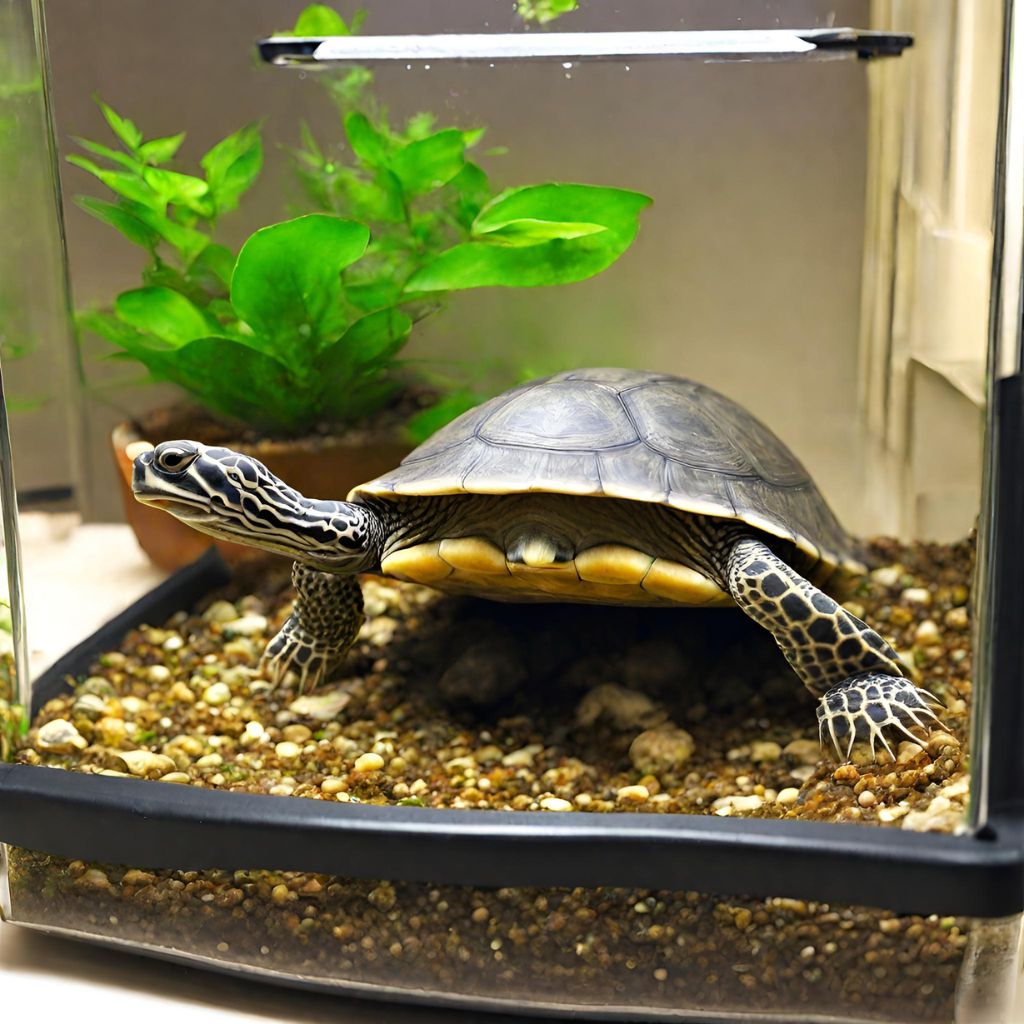
Common Health Issues
While African Sideneck Turtles are generally hardy creatures, they can still experience health issues if their care is not adequately maintained. Being aware of common health issues can help you detect and address them early, ensuring the well-being of your turtle.
Shell Rot: Shell rot is a bacterial infection that affects the turtle’s shell. It can occur due to poor water quality or injuries. Regularly inspect your turtle’s shell for any signs of discoloration, soft spots, or bad odor. If you notice any abnormalities, consult a veterinarian knowledgeable in reptile care.
Respiratory Infections: Respiratory infections can develop if the turtle’s tank is too cold, damp, or lacks proper ventilation. Keep the tank temperature within the recommended range and ensure adequate airflow. If your turtle is exhibiting symptoms like wheezing, labored breathing, or mucus discharge from the nostrils, seek veterinary attention.
Lack of Appetite: A sudden lack of appetite in your Sideneck Turtle could indicate an underlying health issue. Monitor their eating habits closely and ensure they receive a varied and balanced diet. If the lack of appetite persists or is accompanied by other symptoms, consult a vet for further evaluation.
Parasites: Turtles can become infected with external and internal parasites. Regularly clean and disinfect their tank, provide clean water, and avoid overfeeding, as these factors contribute to parasite infestations. If you notice your turtle scratching excessively, weight loss, or visible signs of parasites, consult a veterinarian.
By ensuring a proper diet, maintaining water quality, and being aware of common health issues, you can give your African Sideneck Turtle the best care possible. Regular vet check-ups and providing a suitable habitat will also contribute to the overall health and longevity of your turtle.
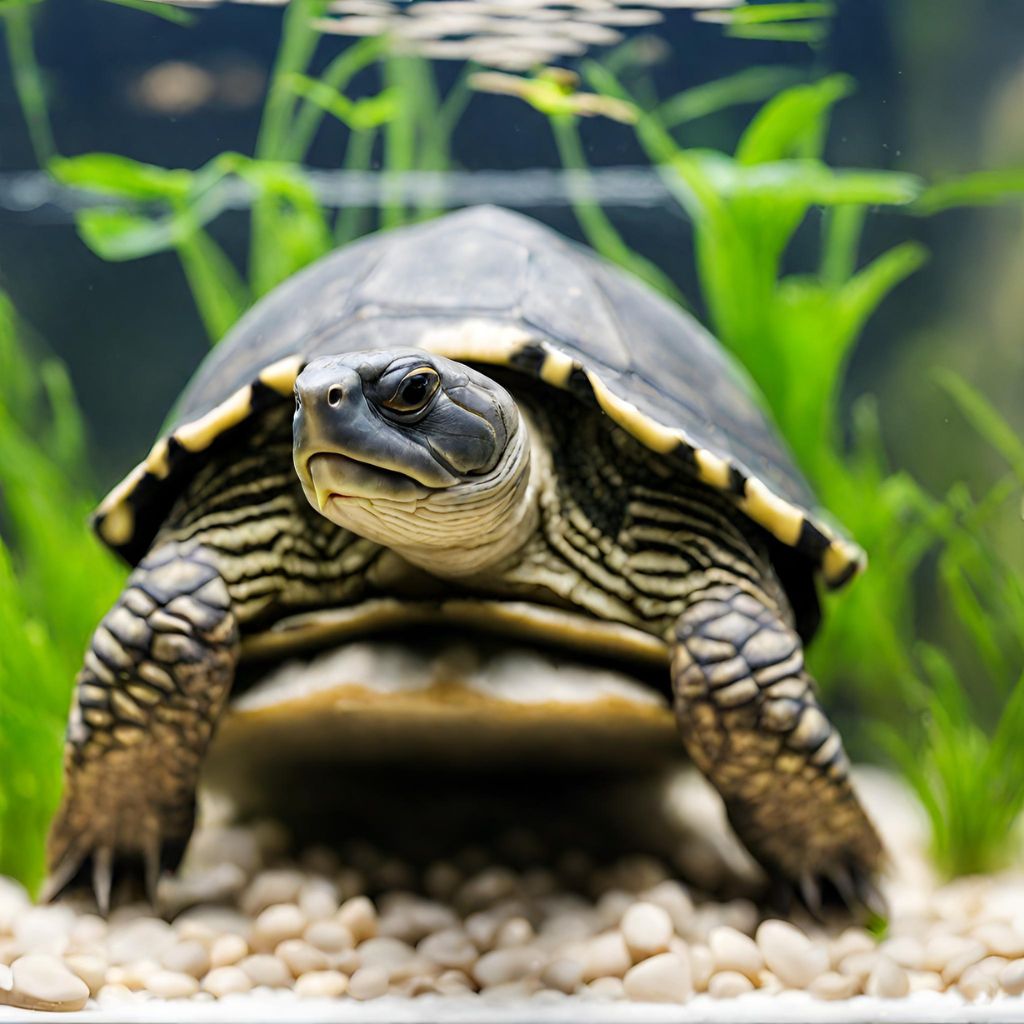
Frequently Asked Questions On African Sideneck Turtle Tank Setup Guide
What Is The Best Setup For An African Sideneck Turtle?
The best setup for an African sideneck turtle includes an aquatic habitat with a large tank, water heater, and filtration system. Provide a basking area, UVB light, and a well-balanced diet to ensure their well-being. Keep water temperature between 75-80°F and provide ample swimming space.
What Do African Sideneck Turtles Like In Their Tank?
African Sideneck turtles prefer a tank with clean, filtered water, a basking area, and hiding spots.
What Substrate For African Sideneck Turtles?
African Sideneck turtles thrive on substrates like sand or gravel mixed with aquatic vegetation.
How Deep Should African Sideneck Turtle Water Be?
African sideneck turtles require water that is deep enough for them to fully submerge. The ideal water depth should be around 4 to 6 inches.
Conclusion
Creating the perfect tank setup for your African Sideneck Turtle is crucial for their health and well-being. By following the guidelines mentioned in this guide, you can ensure a comfortable habitat that mimics their natural environment. Remember to maintain proper water conditions, provide adequate lighting and heating, and offer a varied diet to keep your turtle happy and healthy.
So, get started on setting up the perfect tank and provide your African Sideneck Turtle with the best possible care it deserves. Happy turtle-keeping!

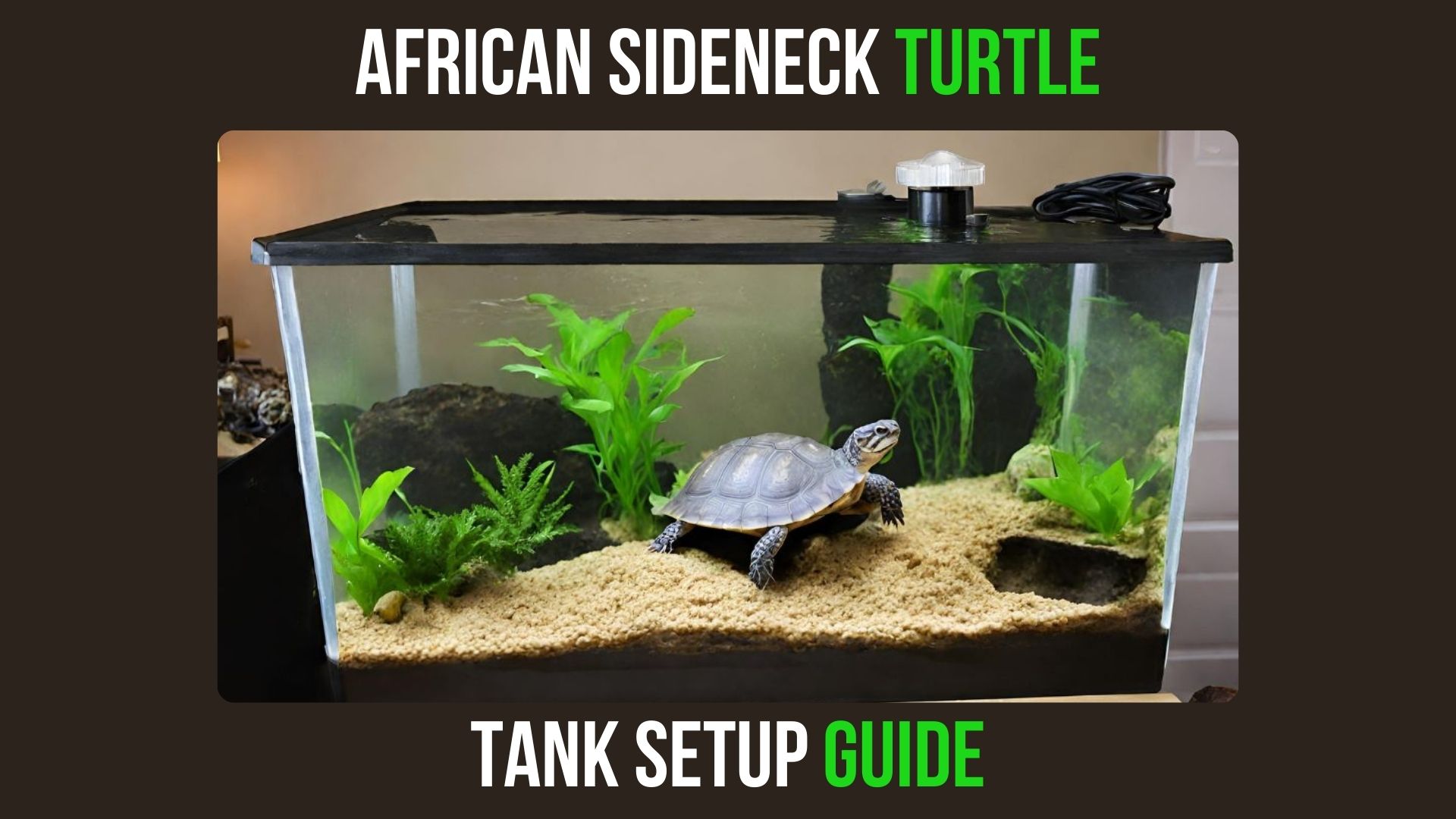




Leave a Reply